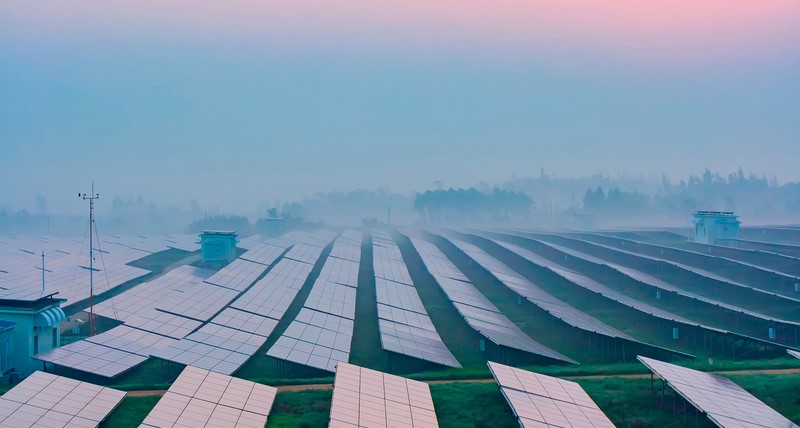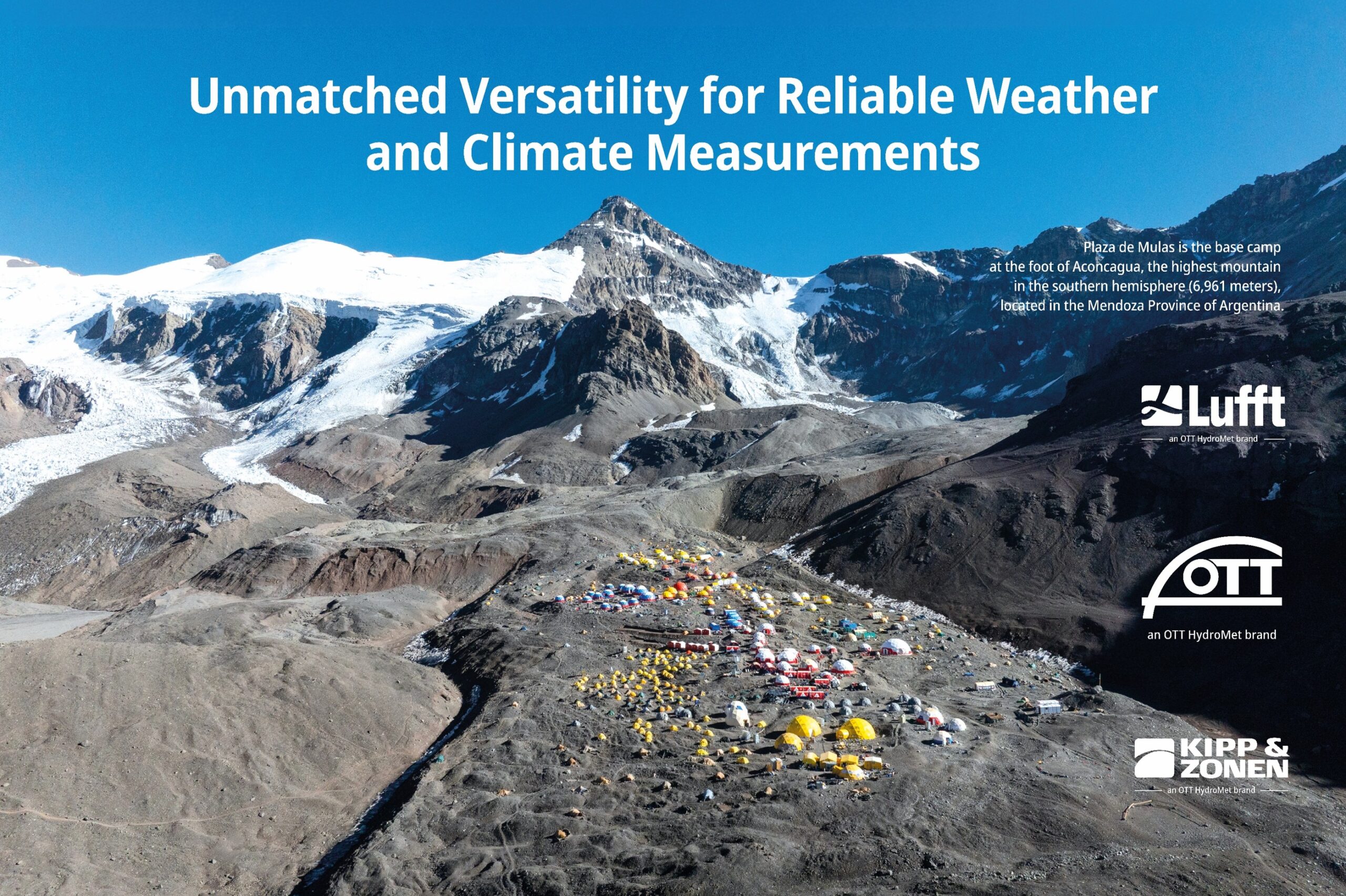Don’t Let Dew, Frost, or Dirt Cloud Your Data
Accurate measurement of solar radiation is essential for applications ranging from climate modeling and atmospheric research to solar energy forecasting. Yet, one of the most underestimated sources of error in a site’s ability to capture accurate irradiance measurements is due to contamination of your sensor’s dome.
Dew, frost, and soiling are the main environmental factors that can significantly degrade the optical clarity of a pyranometer’s dome. Dew and frost typically form due to radiative cooling during clear nights, while dust and dirt accumulate gradually over time. These seemingly minor surface changes can reduce transmittance and introduce spectral distortion, leading to measurement errors of up to 30–40%, a serious threat to data accuracy.
In the webinar embedded below, we explore the physics behind these environmental interferences and how they compromise the performance of solar radiation sensors. We also discuss practical strategies to mitigate these effects and ensure high-quality data.
Here’s what you’ll learn:
🔬 Why dome cleanliness is critical: Even microscopic layers of moisture or dust can alter the spectral response of a pyranometer, skewing your solar radiation data.
📏 Understanding ISO 9060:2018: Learn how this international standard classifies pyranometers based on performance criteria like response time, directional error, and temperature dependence—and what that means for your measurement accuracy.
🌐 Mitigation techniques: From passive design improvements to active solutions like dome heating and ventilation, we cover the tools and technologies that help maintain the integrity of your solar radiation measurements.
Watch the full webinar below to gain a clearer view of the sky through science, not condensation. Finally, learn how to protect your performance ratio and data from environmental factors such as dew, frost, and soiling.
Further reading & listening
- Blog: Spectral Selectivity vs. Spectral Error – Shedding Light on ISO 9060:2018
- Interview with Scientist Dr. Joop Mes: “ISO 9060:2018 reflects the reality much better.”
- Blog: Questions & Answers – Discovering the New SMP12 Class A Pyranometer
- Podcast: CMP or SMP pyranometers? Comparison of analog and smart sensors
- SMP12 Data Sheet and Brochure



